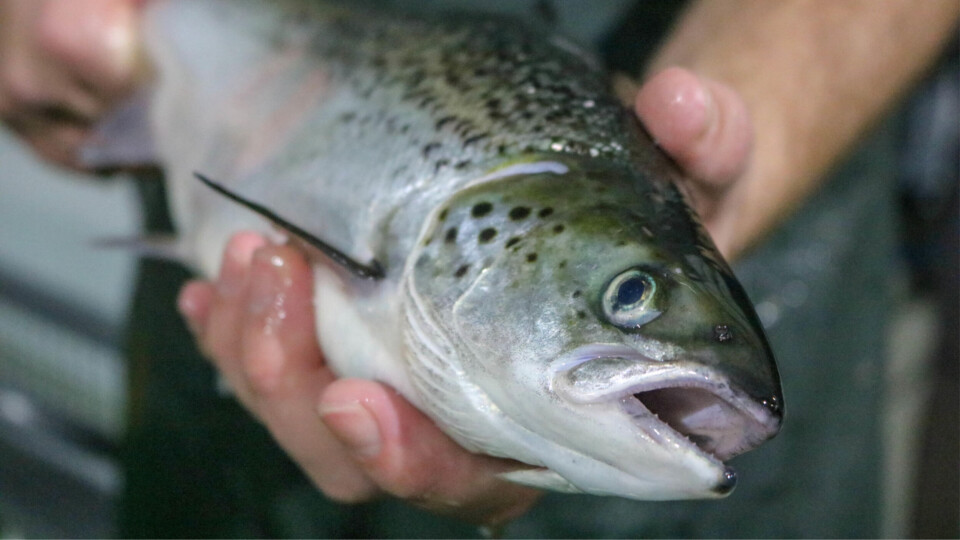
Canadian bigger smolts project given $1.8m funding
The University of British Columbia and Mowi Canada West are to work together on providing a BC-based solution for growing larger, more physiologically robust Atlantic salmon smolts in freshwater recirculating aquaculture systems (RAS).
The university has been granted Can $1,829,000 (£1.074 million) over four years to fund the project, which is aimed at improving both the sustainability and productivity of BC’s salmon industry by increasing the amount of time that the fish are reared in land-based RAS and reducing the amount of time they spend in marine net pens.
Growing smolts to a larger size on land before stocking them in sea pens is becoming increasingly common as RAS technology advances. Larger smolts are more resilient to sea lice and the relatively short time they spend in net pens means farmers can make better use of marine site licences by fitting in more production cycles.
A growing trend
In the Faroes, where space for expansion is limited by the country’s one-farmer-per-fjord biosecurity rules, all three salmon farming companies – Bakkafrost, Hidden Fjord and Mowi Faroes – produce large smolts on land, with some reaching 1kg before being put to sea. Bigger smolts are also better equipped to survive the archipelago’s rough seas.
Larger smolts are increasingly popular in Norway, where licences for extra biomass are limited and expensive, in Tasmania, and to an increasing extent in Scotland.
The grant to the University of BC is one of eight announced this week by Canadian fisheries minister Bernadette Jordan, and comes from the British Columbia Salmon Restoration and Innovation Fund (BCSRIF), which is 70% funded by the federal government and 30% by the BC government.
The project follows in the wake of the State of Salmon Aquaculture Technologies report examining the risks and opportunities of emerging technologies for BC salmon farming.
First Nations genomics lab
The other grants included Can $1,977,000 over five years to the ’Namgis First Nation to support Phase 2 of a project to establish an independent British Columbia First Nations genomics laboratory.
The laboratory will analyse samples collected through the Indigenous Monitoring and Inspection Plan (IMIP), as well as providing services to other First Nations in BC with an interest in conducting independent fish health sampling.
Members of the ’Namgis have previously been prominent in occupying Mowi Canada West salmon farms on the First Nation’s territory and oppose net pen salmon farming.
Survival bottlenecks
Meanwhile, the Pacific Salmon Foundation will receive approximately $4,619,000 over four years to develop a monitoring and evaluation framework to determine survival bottlenecks in freshwater and marine environments for hatchery and wild chinook and coho salmon, and steelhead (sea-going rainbow trout).
The Foundation will also receive approximately $410,000 over three years to integrate traditional and modern technologies to automate salmon counting and species identification from video and sonar data, and $336,000 over one year to support upgrades to the Percy Walkus Hatchery in Rivers Inlet, which provides local capacity to enhance three local chinook salmon stocks of significant cultural and economic significance.
The BCSRIF is providing up to Can $142.85m over five years to support protection and restoration activities for priority wild fish stocks, including salmon. It also supports projects that will ensure the fish and seafood sector in BC is positioned for long-term environmental and economic sustainability.
To date the total number of projects funded is 38, accounting for Can $66.9m.






















































